Joe Meek - I Hear A New World / The Pioneers Of Electronic Music [Audio CD]
![Joe Meek - I Hear A New World / The Pioneers Of Electronic Music [Audio CD]](http://www.yachew.com/cdn/shop/products/71AE5YtPkFL._AC_SL1418.jpg?v=1640283911&width=1080)
Sign up today and we'll send you a 5% discount code towards your first purchase.
![Joe Meek - I Hear A New World / The Pioneers Of Electronic Music [Audio CD]](http://www.yachew.com/cdn/shop/products/71AE5YtPkFL._AC_SL1418.jpg?v=1640283911&width=1080)
納期は商品ごとの見積もりとなり、倉庫での処理速度や需要によって変動する見積もりです。見積もりは製品概要ページでご確認ください。納期を守るために最善を尽くしますが、特に英国外の海外ショップから購入される場合は、多少の余裕をみてください。
予約商品はウェブサイト上で購入することができ、購入時に課金されます。
予約商品を含むご注文は、ご注文のすべての商品が揃った時点で発送されます。在庫のある商品と予約商品を同時にご注文される場合は、この点にご留意ください。在庫のある商品をより早くお届けしたい場合は、それらの商品とは別にご注文ください。
ご注文の取り消しや訂正は、発送前であれば可能です。
This owl is beautiful and certainly better than I'd imagined. Love it.
I've made a journey back to the vinyl records by buying a turntable and amplifier and decided to purchase the division bell on vinyl by pink Floyd as it's one of the best albums I've ever heard..
Great product, quick delivery
Well packed and delivered. Everything as described.
Brought this to go with a Brio train set that was already purchased and the gift receiver loved it.
Had to wait a day or 2 extra so they could get the items in but then I had a quick delivery. Good communications with the seller. Would recommend
I was able to purchase a sealed copy of this long deleted rare edition of album Avonmore via Yachew who shipped it promptly. Their price was the best online.
Can't believe I got this for only £15!
Arrived in good time and was packaged well as expected, as well as a great album so thanks for the quality service.
Love the album, was packaged very well and arrived in good time as well as being kept up-to date along the way.
Great price. Great communication. Fast and secure delivery. Would use again. Happy to recommend.
ALFRED HITCHCOCK: CLASSICS COLLECTION VOL.2 [4K Ultra HD] [] [Blu-ray] [Region Free]
This Definitve CD contains all the hits and is superb
Excellent customer service on time easy to order would highly recommend thank you
Subscribe today and get 5% off your first purchase




